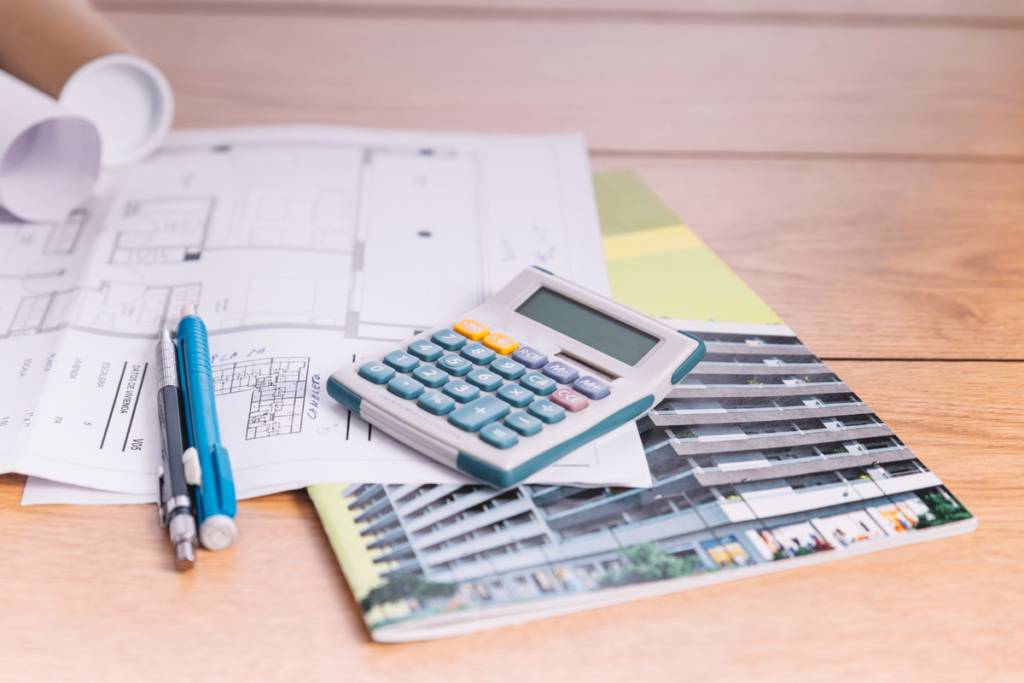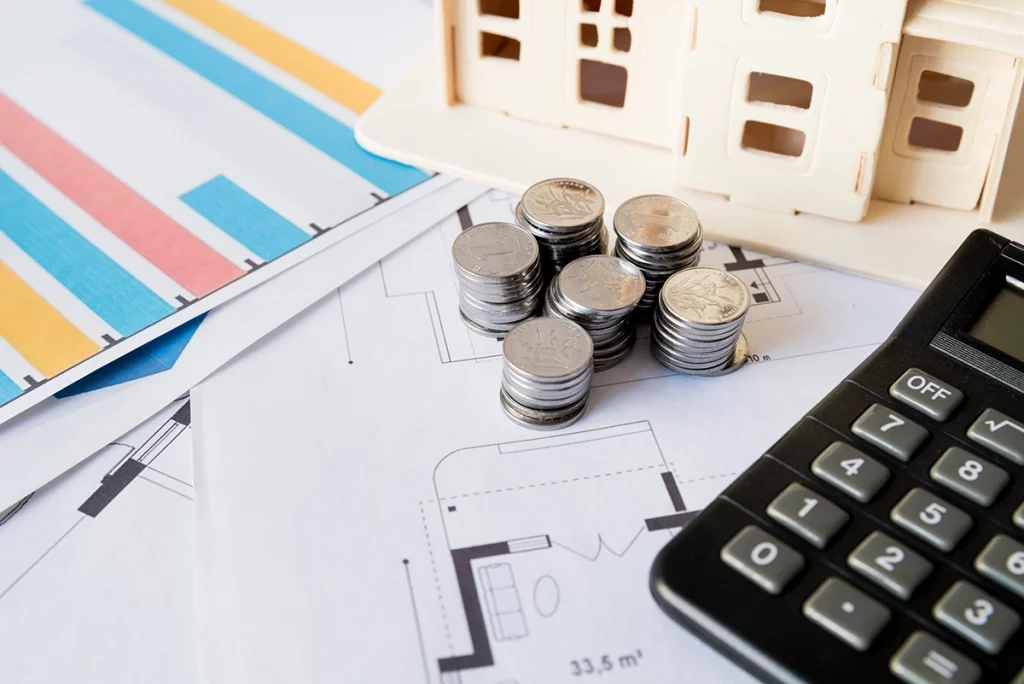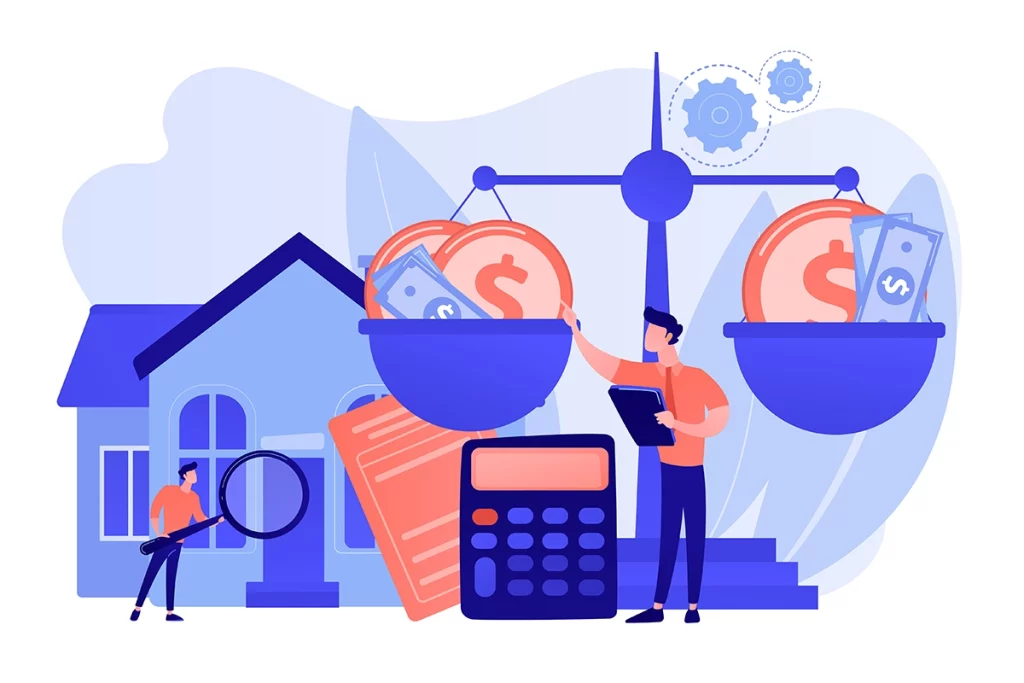Have you gotten a quote back from your contractor and found yourself scratching your head about the price? There are a lot of factors that can affect construction costs beyond the size of your house, and I’ve outlined the main reasons in this article.
- 1. Location of the Project
- 2. Complexity of the Project
- 3. Construction Schedule
- 4. Quality of Materials and Methods of Construction
- 5. Your Builder
- 6. Price of Materials and Equipment
- 7. Labor Costs
- 8. Bidding Environment
- 9. Supply and Demand
- 10. Legal and Administrative Fees
- 11. Building Codes and Zoning Regulations
1. Location of the Project
Geographic location can have a significant impact on construction costs. Although most of us aren’t willing to uproot and move anywhere to optimize these conditions, they are still important to consider. Here are some ways in which the location can affect the overall expenses of a construction project:
- Labor Costs: Labor costs can vary widely based on your project location. Areas with higher costs of living or strong labor demand tend to have higher wages for construction workers. For example, construction labor costs in major cities or regions with a shortage of skilled workers are generally higher compared to rural areas or regions with a surplus of labor. The availability of skilled labor in a specific location can also affect costs.
- Material Availability and Transportation: The availability of construction materials can differ depending on the location. Materials that are readily available locally may be more affordable due to reduced transportation costs. However, in remote or less accessible areas, transportation costs can increase significantly, impacting the overall material expenses. For example, if a construction project is situated in a remote area, the cost of transporting materials and equipment to the site may be higher, thereby increasing construction costs.
- Climate and Environmental Factors: The climate and environmental conditions of a location can affect construction costs. Extreme weather conditions, such as hurricanes, earthquakes, or heavy snowfall, may require additional design considerations, specialized materials, or structural reinforcements, leading to higher costs. Similarly, regions prone to high humidity, corrosive environments, or specific soil conditions may necessitate additional measures, such as waterproofing, corrosion-resistant materials, or foundation treatments.
- Regulatory Requirements: Different towns and states have distinct building codes, zoning regulations, and permit requirements. Compliance with these regulations can add to the overall construction costs. For instance, areas with stringent building codes or sustainability requirements may require additional investments in energy-efficient systems, minimum building insulation, or considerations for flooding and wind in coastal areas.
- Market Conditions: Construction costs can also be influenced by local and nationwide market conditions. Material prices, equipment rental rates, and subcontractor fees can all be affected by local demand. In areas experiencing high construction activity, increased demand can lead to price escalation. Conversely, in regions with a slow construction market or lower demand, prices may be relatively lower.
- Utilities and Infrastructure: The availability and cost of utilities and infrastructure can vary from town to town. Access to public water, electricity, gas, and other necessary utilities can affect construction costs. In some cases, the need to extend or upgrade existing infrastructure to support the construction project may result in additional expenses.
2. Complexity of the Project
Not all buildings are designed the same, and with more complexity often comes a higher price tag. Complexity can come in the form of the building footprint, for example. A rectangular building will be less expensive to build than one with lots of jogs or offsets. This affects everything from the formwork for the foundation to the details on the roof.
Another example might be unique architectural features, such as cantilevers or large spans which can pose structural challenges. Constructing these elements requires engineering analysis, and potentially specialized materials and skilled labor.
In addition, less typical features like home automation, a sauna, indoor pool, or advanced security systems all add to project costs and may require specialized expertise.
3. Construction Schedule
Just like planning a trip, the schedule plays a crucial role in determining how smoothly things will go and how much it will cost.
Since time is money, the longer the construction schedule, the higher the costs. Think about it this way: when a project extends over a longer period, you need to pay additional expenses for things like labor and equipment rentals. These expenses can quickly add up and strain your budget. So, it’s vital to keep the construction process efficient and streamlined to avoid unnecessary costs.
You may have heard of the “domino effect” – this also applies to construction. When one phase of the project experiences delays, it can have a cascading effect on subsequent phases. For example, if the completion of the foundation is delayed, it can impact the start of framing, electrical work, plumbing, and so on. As a result, the overall construction schedule gets pushed back, and this delay can increase costs or a subcontractor may not be available at that later time.
Much of this is out of the owner’s control since the GC (general contractor) is the one managing the schedule and each individual subcontractor. But it is important for you to keep this in mind when having conversations with your GC so you can ask the right questions and keep the GC on task.
4. Quality of Materials and Methods of Construction
This is one of the most tangible areas where our choices impact the cost of construction. Most often, higher quality materials cost more to purchase. In addition, unique or high end materials may involve the use of skilled labor and specialized installation techniques, which can contribute to increased labor costs.
When it comes to materials, options range from basic and affordable to luxurious and expensive. For example, opting for hardwood flooring instead of laminate flooring may significantly increase the cost per square foot. Similarly, choosing granite countertops over laminate surfaces can have a substantial impact on the overall budget. It’s essential to consider the desired aesthetic, functionality, and long-term durability of the materials when making these decisions.
Additionally, high-quality finishes such as intricate tile work, custom millwork, or decorative plasterwork require the expertise of skilled craftsmen. These artisans often command higher wages due to their specialized skills and experience. The complexity of the design and the level of customization desired also contribute to the costs.
Another aspect to consider is the sustainability or eco-friendliness of materials. While opting for sustainable materials can have environmental benefits, they often come with a premium price tag. For example, selecting energy-efficient windows, eco-friendly insulation, or renewable materials can increase the upfront costs of construction. However, it’s worth noting that such investments can yield long-term savings in terms of energy efficiency and maintenance.
It’s crucial to strike a balance between aesthetics, durability, and cost-effectiveness when selecting materials and finishes. While it’s tempting to choose the most luxurious options, it’s important to evaluate their long-term value and consider if they align with your budget. Collaborating closely with your architect and contractor can help identify materials and finishes that meet your aesthetic preferences while staying within your financial means.
5. Your Builder
Probably the most important decision you make when building a house is choosing the right builder. Even if you found the perfect plot of land, you’ve nailed down the perfect floor plan, and chosen the most beautiful exterior materials, a bad experience with a builder will forever taint the process and potentially the end result.
Contractors with extensive experience and a good track record are likely to have established relationships with subcontractors and suppliers. This can be good because they can get favorable deals on labor and materials, or bad because they want to maintain these relationships, even if it’s at your expense.
The contractor’s ability to manage subcontractors can also impact costs. General contractors need to be actively coordinating and overseeing the various subcontractors. If they aren’t on site regularly, errors in the work can go unnoticed for long periods of time, which likely means it will be more expensive to remove, repair, and replace. Effective management and coordination of subcontractors can prevent scheduling conflicts, minimize rework, and optimize labor utilization, all of which can result in cost savings.
Communication and project management skills are also essential. A proactive and organized general contractor can effectively communicate with the client, architect, subcontractors, and suppliers, ensuring that everyone is on the same page. Clear communication helps avoid misunderstandings, rework, and costly change orders, which can impact the budget and construction timeline.
6. Price of Materials and Equipment
Your contractor will need to purchase products and materials and rent equipment. Each of these carry an associated cost, which is apparent at the time of purchase, but can be difficult to predict in the future. This may or may not affect you depending on your contract.
Here are a few things to consider:
- Material Costs: Fluctuations in material prices can directly impact the overall budget. When material costs increase, it leads to higher construction costs, and vice versa. Several factors can influence material prices, including supply and demand dynamics, market conditions, availability of raw materials, transportation costs, and government policies.
- Availability and Sourcing: If a particular material is scarce or has limited availability, its price may rise due to increased demand or difficulties in sourcing. In such cases, alternative materials might need to be considered, which could have different cost implications.
- Product Costs: Depending on the contract you have with your building, you may be able to take an active role in shopping around for the best prices for products like lighting and appliances.
- Quality: It should be no surprise that the quality of materials can influence their costs. Higher-quality materials often come at a premium price and certain projects may require materials that meet specific standards or comply with regulations.
- Equipment Costs: Equipment costs refer to the expenses associated with machinery, tools, and construction equipment required for the project. These costs can vary depending on the equipment type and duration of use. For example, not every project will require heaters, but if you’re building in the winter, the contractor may need to rent temporary heaters to meet the installation requires for things like drywall mud or paint.
7. Labor Costs
As we’ve touched upon in several sections; the wages paid to construction workers directly contribute to labor costs. Labor costs can vary based on project location, the complexity of the project, the skill level required, and the demand for skilled labor in the market. Areas with higher costs of living or regions experiencing labor shortages tend to have higher wage rates.
The availability of skilled labor in a particular region can impact construction costs. In areas with a shortage of qualified workers, contractors may need to offer higher wages to attract and retain skilled labor, or pay for lodging to bring them in.
Some construction projects require a significant amount of labor-intensive work, such as excavation, concrete pouring, or manual labor for intricate detailing. The labor costs for such tasks can be higher due to the physical effort and time required to complete them. Projects with a higher proportion of labor-intensive tasks may have increased overall labor costs.
8. Bidding Environment
Going “out to bid” is the process of sending construction documents to a contractor for them to create a proposal that identifies the costs of construction and the proposed construction schedule. They often reach out to subcontractors to get their input for more accurate pricing.
The bidding environment refers to how many potential projects are available to local contractors.
Why does this matter? If contractors are being asked to bid on many jobs, this gives them a better ability to pick and choose the jobs that are most appealing to them. If a contractor is busy, they may not respond to your request for a proposal at all. Or they may inflate the construction cost on jobs they’re not as interested in. If one of your bids seems excessively high compared to others, this may be why.
9. Supply and Demand
This is another factor touched upon in several other sections of this article. For background:
Supply refers to the quantity of goods or services that producers are willing and able to offer in the market at various price levels. In the context of construction, supply represents the availability of materials, equipment, and labor needed for a project.
Demand, on the other hand, refers to the quantity of goods or services that consumers or buyers are willing and able to purchase at different price levels. In construction, demand represents the need for materials, equipment, and services required to complete a project.
Supply and demand work together to determine prices and affect construction costs in the following ways:
- Scarcity and Availability: If the supply of certain materials or equipment is scarce relative to the demand, it can drive up their prices. For example, if there is a shortage of a specific type of steel needed for construction, its price may increase due to limited availability. Conversely, if there is an oversupply of materials, it may lead to lower prices.
- Seasonal Variations: Supply and demand fluctuations can also occur seasonally in the construction industry. For instance, during peak construction seasons, such as spring and summer, demand for materials and labor tends to be higher, which can drive up costs. Conversely, during slower seasons, prices may be relatively lower due to reduced demand.
- Regional Factors: Supply and demand can also vary based on geographical regions, as discussed previously.
10. Legal and Administrative Fees
As a building owner, there are various legal and administrative fees associated with construction that you may encounter throughout the process. Here are some common fees you should be aware of:
- Soft costs: These are costs not directly related to the actual construction of the physical building. Technically, these costs don’t affect construction costs but do raise overall project costs.
- Permit Fees: Before commencing construction, you typically need to obtain permits from local authorities. Permit fees are charges imposed by the government or municipality to review and process your permit application. These fees cover the administrative costs of ensuring compliance with building codes, zoning regulations, and other requirements. Check to make sure if these costs are in the general contractor’s budget as they typically take care of permits on your behalf.
- Development Impact Fees: In some jurisdictions, building owners are required to pay development impact fees. These fees are intended to offset the costs associated with increased public infrastructure or services necessitated by the construction project. They are typically based on factors such as the size of the project, its potential impact on traffic, water usage, schools, parks, and other public amenities.
- Planning and Design Fees: When working with architects, engineers, and design professionals, you will incur fees for their services. These fees cover the planning, design, and documentation of the project. The specific fees depend on the complexity and scope of the project and are typically negotiated between the building owner and the professionals involved.
- Legal and Consultancy Fees: Throughout the construction process, you may need to seek legal advice or hire consultants for various purposes. Legal fees can arise from reviewing and negotiating contracts, resolving disputes, obtaining necessary approvals, or dealing with regulatory issues. Consultants, such as project managers or construction cost estimators, may also be hired to assist with project oversight and financial planning.
- Inspection and Testing Fees: During and after construction, inspections and testing may be required to ensure compliance with building codes, safety standards, and quality assurance. Fees associated with inspections and tests, such as structural inspections, electrical inspections, or material testing, may need to be paid to licensed professionals or testing laboratories.
Track your expenses using my budget spreadsheet.
11. Building Codes and Zoning Regulations
Building codes have been put in place to implement minimum building standards to protect the lives of the users and the property. Code may dictate how parts of a building are constructed, the quality of the materials used, and the HVAC or electrical systems required.
Zoning requirements may dictate minimum sizes of lots or frontage minimums, heights of buildings, and building setbacks from property lines. For example, more rural areas may require a minimum of two acres of land to maintain the rural “feel” of the area. Or, you may be located within a historic district where the work you do to the exterior of the building will need to comply with the requirements of the district.
Header image source: Image by freepik




